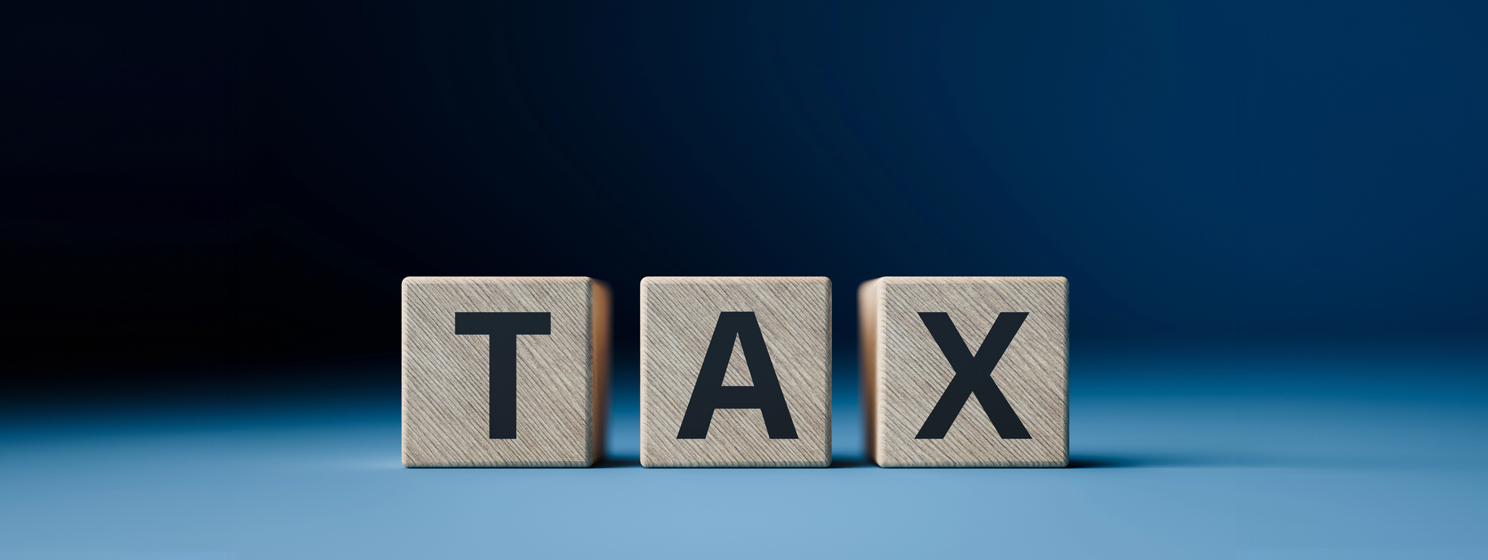|
Getting your Trinity Audio player ready...
|
OpenAI, the creator of ChatGPT, has completed its fundraising, raising $6.6 billion at a staggering $157 billion valuation. The funding round was led by Thrive Capital, which invested $1.3 billion, followed by Microsoft (NASDAQ: MSFT), OpenAI’s largest backer to date, contributing approximately $750 million. Other investors included Khosla Ventures, Fidelity Management & Research Co. and Nvidia (NASDAQ: NVDA).
This raise comes amid OpenAI’s plans to change its structure from a non-profit entity into a for-profit benefit corporation—a company that aims to positively impact society and the environment while generating profit. Under the terms of this new investment round, OpenAI has two years to transform into a for-profit business, or its funding will convert into debt.
The fundraising campaign also arrives at a critical time; it is no secret that OpenAI is losing far more money than it generates. OpenAI is on track to spend $8.5 billion this year while only generating around $3.4 billion in revenue, resulting in a net loss of roughly $5 billion. It was rumored that the company risked bankruptcy without new funding within a year.
With the new funding in place, concerns regarding OpenAI’s financial runway may vanish for now, but it doesn’t change the fact that the company is burning much more money than it brings in—a problem many artificial intelligence (AI) companies are experiencing. However, the fact that so many big-name investors piled into OpenAI’s fundraising signals that they believe OpenAI is a venture-scale opportunity capable of generating substantial returns.
That being said, maybe OpenAI does have a path to profitability that has not come to the surface yet, or perhaps they plan to go public at some point in the future, creating a liquidity event for all those who invested in the company.
Nvidia unveils NVLM 1.0 open-source AI model challenging GPT-4
The competition around AI models continues to increase, with Nvidia recently releasing its NVLM 1.0, an open-source model geared toward vision and language tasks.
“We introduce NVLM 1.0, a family of frontier-class multimodal large language models that achieve state-of-the-art results on vision-language tasks, rivaling the leading proprietary models (e.g., GPT-4o) and open-access models,” Nvidia’s researchers explain in their paper.
Some creators of AI models, such as Meta (NASDAQ: META) and Nvidia, have chosen to open-source their models, compared to service providers like OpenAI, whose AI models live within walled gardens. There are several benefits to going the open-source route. Open-source software is free, which is attractive to many resource-constrained individuals. It is also highly customizable and can be tweaked to suit users’ operations better.
Moreover, the open-source software can be downloaded and run locally, meaning that even if an individual does not have access to the Internet, they can use AI.
However, it also comes with drawbacks. Typically, open-source options aren’t instinctively what non-technical individuals gravitate toward. Although they offer a higher degree of customization, they also require more technical know-how to make the most of those systems.
While individuals looking to build AI platforms and services on top of a pre-established model like Nvidia’s NVLM 1.0 will find it incredibly beneficial, I wonder if that technical population outweighs the number of non-technical users who are just looking for a simple user interface that they can interact with without having to download any software to reap the benefits of AI, even if it does live within a walled garden.
Microsoft will spend over $100 billion on AI data centers
Later this month, Microsoft will report its quarterly earnings, but what’s come to investors’ attention ahead of this report is that Microsoft will be spending roughly $108 billion on leases for data centers that will handle its AI workloads. This is a staggering $100 billion more than it spent on data centers in 2022. The surge comes from the proliferation of AI applications that hit the market following OpenAI’s GPT in late 2022, a company in which Microsoft is a significant investor.
While many people reap the benefits of AI at little to no cost, behind the scenes, companies like Microsoft are spending significant amounts of money to keep these AI services online and up to date. AI models require a vast amount of computing power, which has a domino effect leading to the company having a sizable electric bill, in addition to having to pay for substantial amounts of storage for the data used to train its AI models. As you see in Microsoft’s case, this can add up to hundreds of billions of dollars.
But even though service providers are spending this much on AI, profit in the industry has been elusive. None of the tech giants whose names you typically hear in the conversation around AI have operations generating a profit for the company. Regardless, many see their AI arm as a must-have, especially if they want their name to be relevant in the conversation around AI—the technology that has the largest spotlight on it at this point in time.
In order for artificial intelligence (AI) to work right within the law and thrive in the face of growing challenges, it needs to integrate an enterprise blockchain system that ensures data input quality and ownership—allowing it to keep data safe while also guaranteeing the immutability of data. Check out CoinGeek’s coverage on this emerging tech to learn more why Enterprise blockchain will be the backbone of AI.
Watch: AI & blockchain will be extremely important—here’s why

 01-09-2026
01-09-2026 




